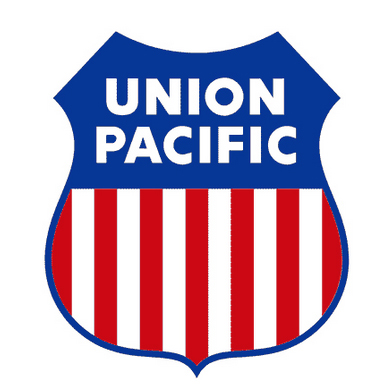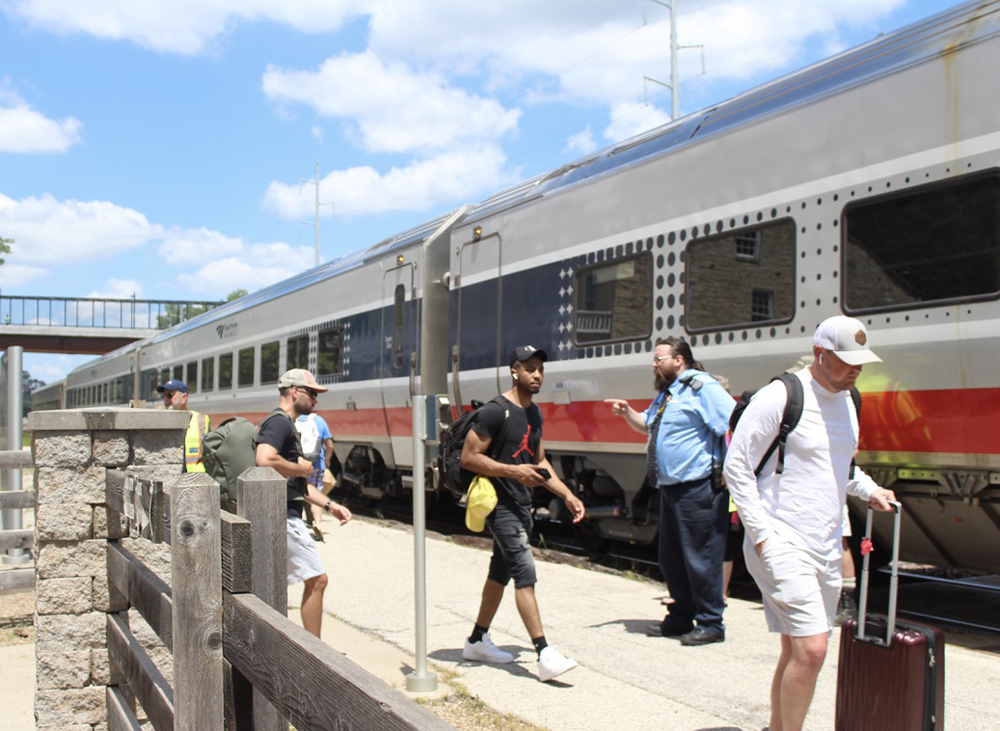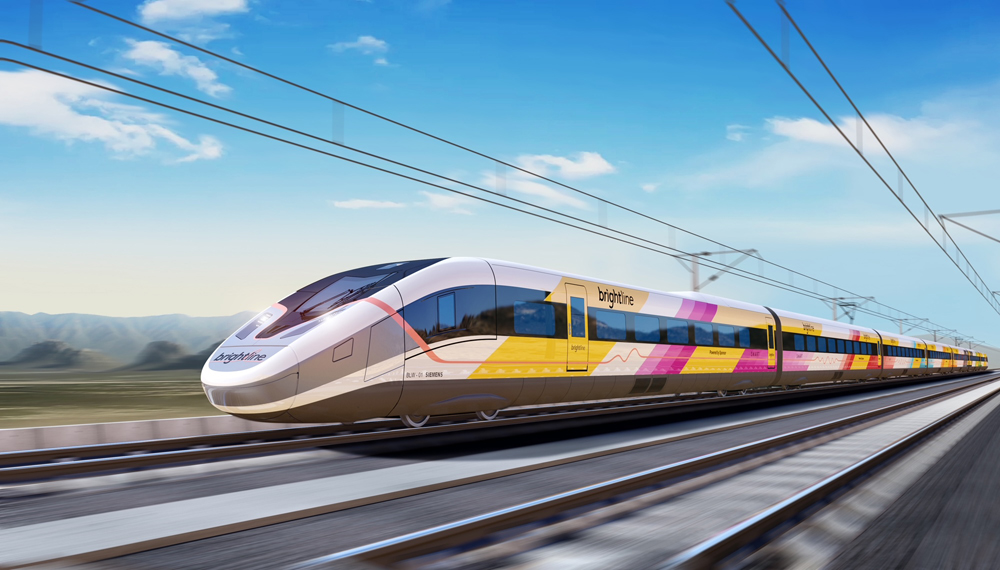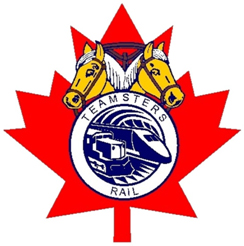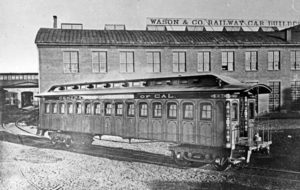
The car, Central Pacific No. 12, was inside the former Southern Pacific depot in Calistoga, Calif. Pat Merchant, owner of the depot built in 1868, plans to convert it to a restaurant. Merchant said the coach would be donated to any worthy organization, but it had to be removed at the organization’s expense. If no museum or organization stepped in, it would be dismantled.
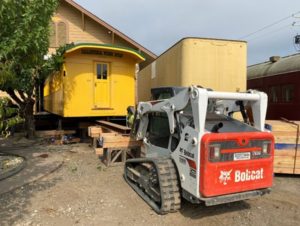
Inman is also a long-time volunteer docent at the California State Railroad Museum in Sacramento, which offered the Center a place to store the car for the near future. On Aug. 27, the car was moved from Calistoga to Sacramento by Scott Heavy Movers. Inman said action to save the car “consumed the last six weeks of my life, negotiating to get it done on time and under budget!”
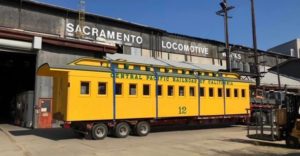
So how was this car the first vehicle across America? It was built close enough to the completion of the transcontinental railroad that Central Pacific requested the car be forwarded from Springfield to the Union Pacific in Omaha, Neb. The car traveled south to New York City, and was sent westward. It was barged across the Missouri River between Iowa and Nebraska because there was not a completed bridge at that time. Once on the western bank of the river, Union Pacific loaded Nos. 12 and 16 with Union soldiers, including an army band, and the cars headed toward Promontory. When they arrived, the two CP cars were set onto a siding and were not part of either train that was used for the famous meeting of the railroads. After the ceremony, the two CP coaches were added to Leland Stanford’s train and headed west toward Sacramento. When the soldiers reached Sacramento, they were bound for San Francisco and the Presidio. They finished their journey using Central Pacific’s fleet of Delta steam boats.”
According to Inman, not only is the car a witness to the driving of the Golden Spike, it is the oldest surviving passenger car in California. It is also the second-oldest surviving Central Pacific car, a year younger than the Commissioner’s Car at the Nevada State Railroad Museum in Carson City. That car was heavily rebuilt by the Virginia & Truckee Railroad, and has only a few pieces of the original framing and looks nothing like it did at the Golden Spike ceremony. CP No. 12 is much more original, Inman said






